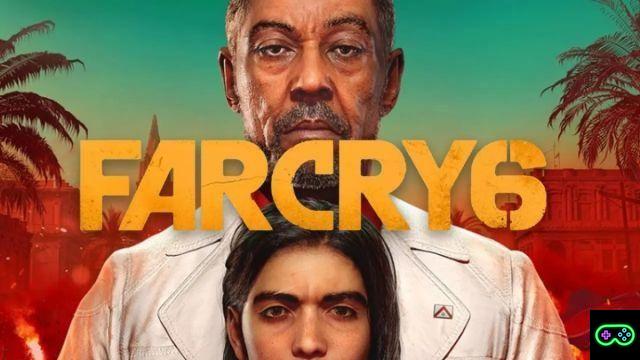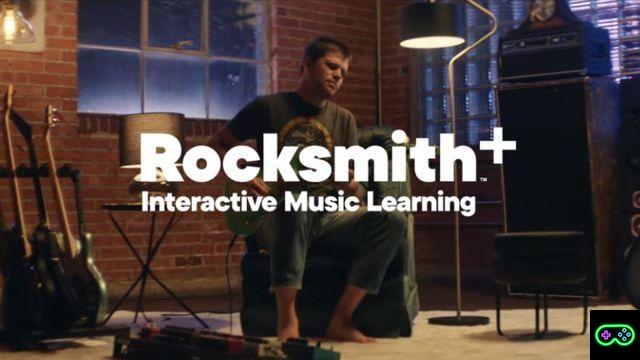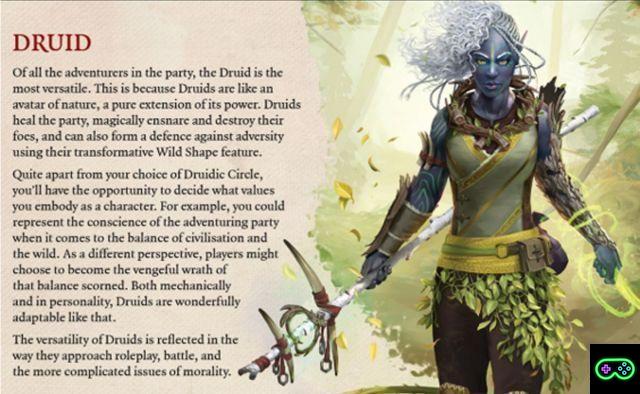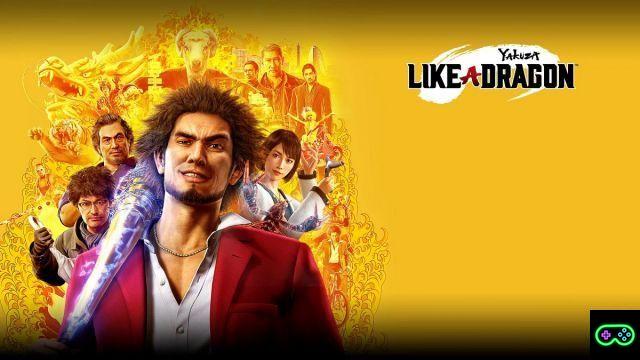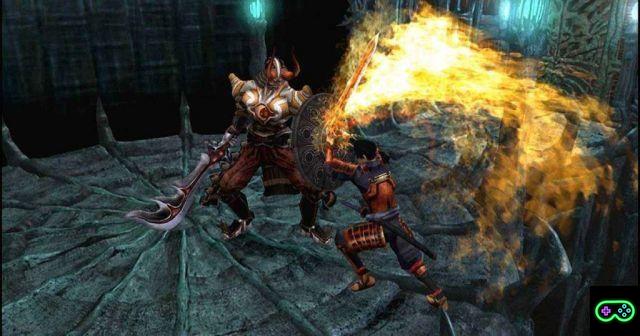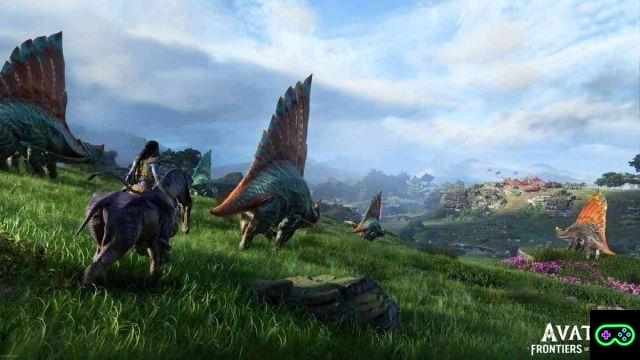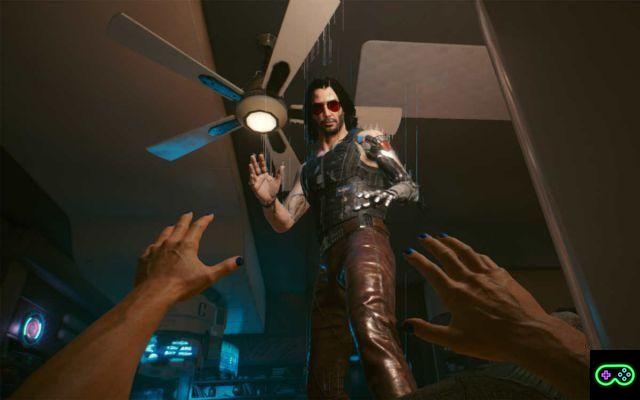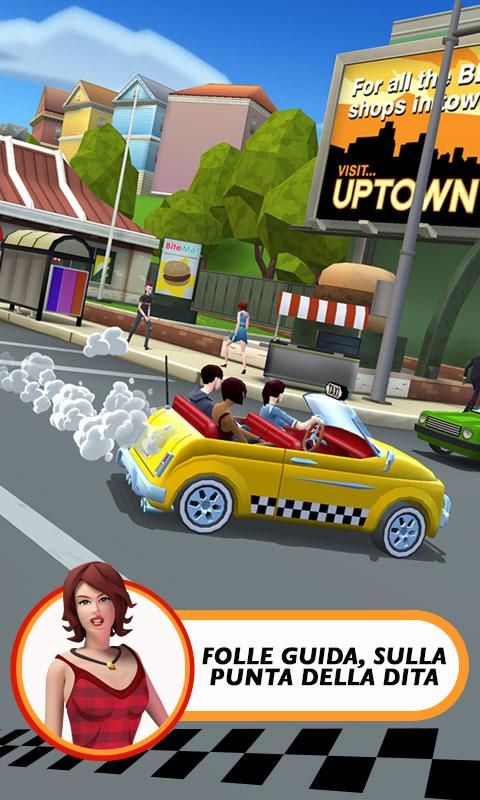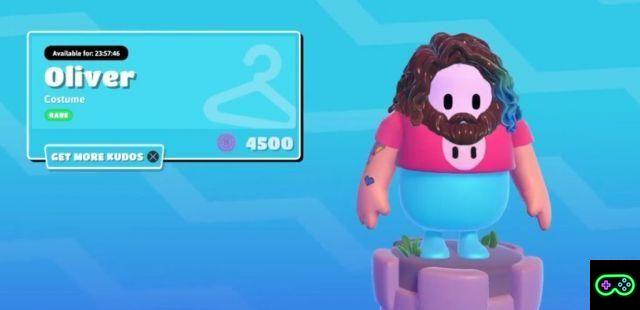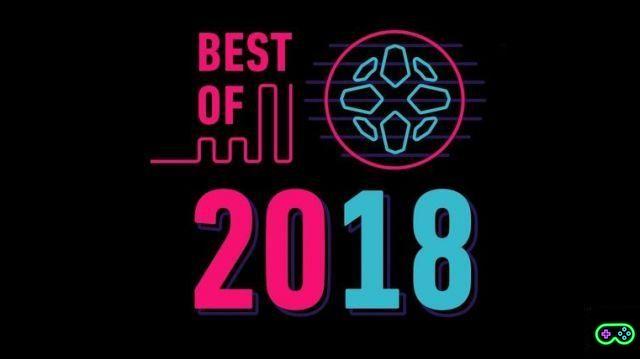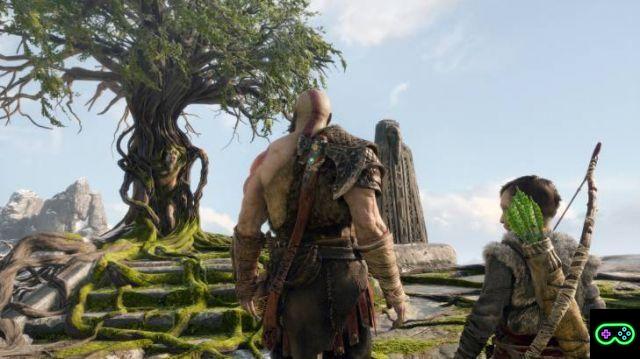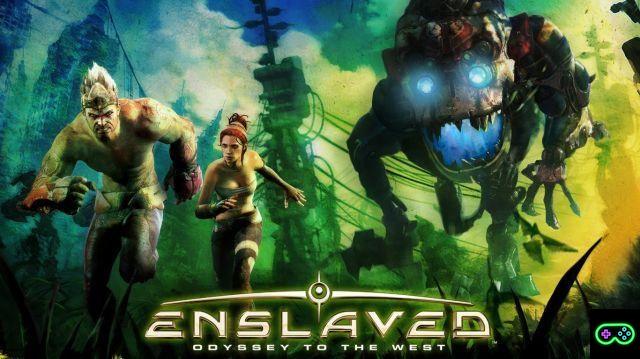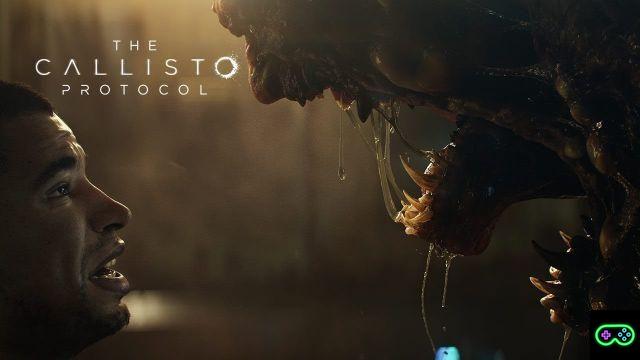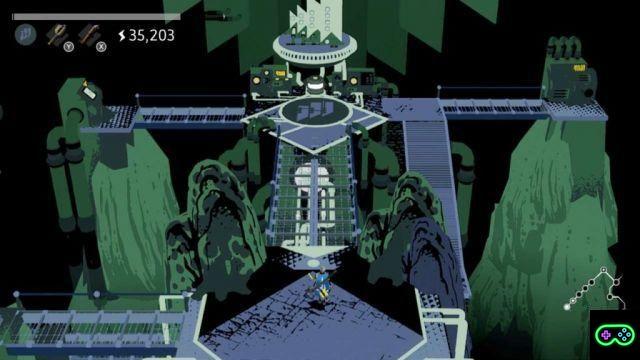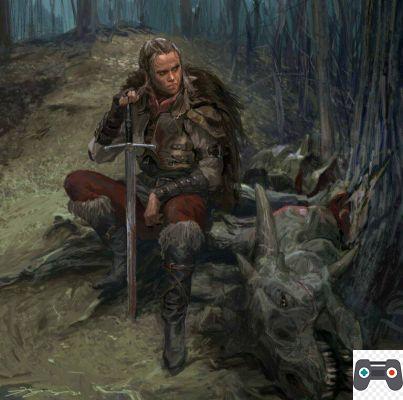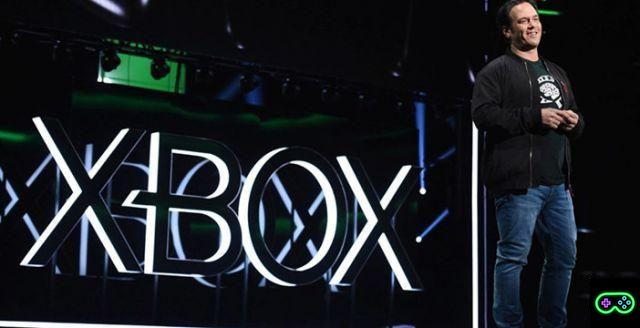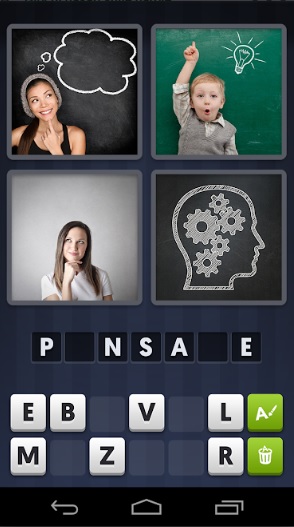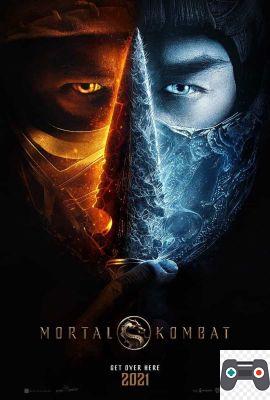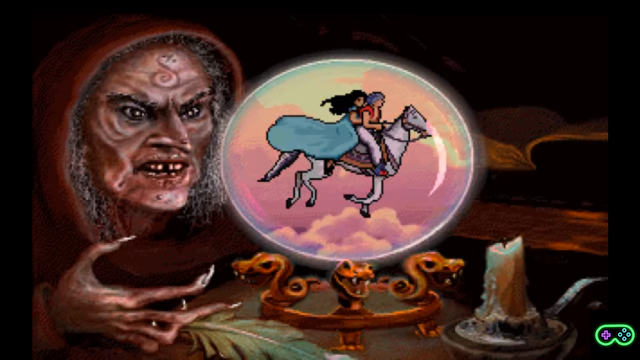I recently had to introduce the fifth edition of Dungeons & Dragons - finally published in Italy in our language by Asmodee - to a group of players more or less experienced about the fantasy role-playing game par excellence. I chose the Eberron setting (my absolute favorite), and for my one shot I needed a suitable villain. I haven't thought about it for more than two seconds: a mind flayer.
In addition to being one of the most fascinating monsters of the historical bestiary of D&D (in short, it is Cthulhu in the sorcerer version), I imagined that the mind flayer had a nice effect for the association with the second season of Stranger Things, Netflix's most pandering '80s show. The monster, in fact, is associated with the disturbing creature that grips the little protagonists of the series. I was right, because as soon as they met my villain they all jumped on their chairs, and some immediately recalled the events of the Duffer brothers' show.
This is because, today, Dungeons & Dragons (here you can find our guide to the regulation of the fifth edition) is an immediately recognizable brand, by players or unaware that they are. The insinuation of nerd culture into the most pop scenarios has meant that everyone, today, more or less know how to identify D&D and partners. Maybe they call it a "game with puppets", but for better or worse they have a half idea of what those two letters represent. In even more recent times, Dungeons & Dragons has taken a major new leap in popularity and has officially become an interesting game to have and try, a trending product so to speak.
Something that if they had told me about ten years ago, I would certainly have had to make a Will saving throw versus madness.
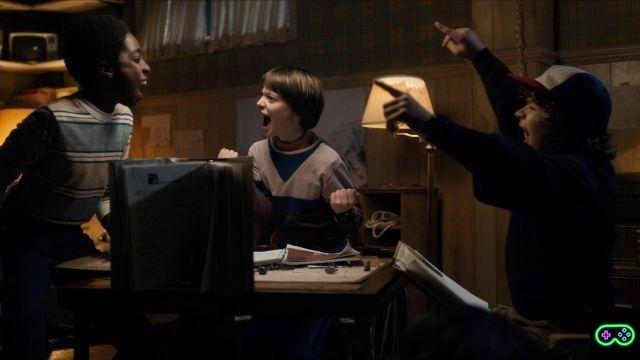
According to statements by Hasbro e W, companies owning the brand, Dungeons & Dragons saw in 2016 its rosiest year ever in terms of profits, and 2017 seems to have the cards on the table to overcome these forecasts. The main reason for such renewed interest in the role-playing game born in 1974 is, strange to say, the spread of the same through the so-called "liveplay" or "actual play", the analogue equivalents of what we gamers know well thanks to streamers and youtubers various.
He gives us the more or less precise data of the effectiveness of this phenomenon Nathan Stewart, senior director of Dungeons & Dragons: "More than half of the new people who started playing Fifth Edition have grown into D&D by watching people play online." For some of you readers, those accustomed to electronic games, this is nothing new. The market is full of stories of products that have achieved success above all through the (more or less spontaneous) sponsorship of the current streamer, one above all the overflowing phenomenon of PlayerUnknown's Battlegrounds. I've seen the streams Stewart talks about several times myself, but knowing the effect on a commercial level was amazing.
I explain you. See a streamer playing Overwatch it is "real" content, in a sense. You can follow the celebrity in question, the game and only in a collateral way the celebrity, you can keep mute and just enjoy the gameplay, even better if someone is good. In short, videogame streaming is a "clear" content. If you complain about youtuber followers because they "watch people playing a video game", as far as D&D players are concerned, "watch people play". In fact, D&D does not produce anything visually, and it is engaging only if you actively participate, because from the outside you can literally see people talking about nothing. Here, however, the fundamental difference in video content of this type comes into play.
There are some contents that we could define "staged" for the most accustomed to the world of entertainment. Or perhaps genuine games, but artfully assembled and with a careful direction, music, and atmosphere to make them practically become a web-series. Add to this that the master and the players are voice actors and / or professional actors and you will get, among many others, a product like Critical role.
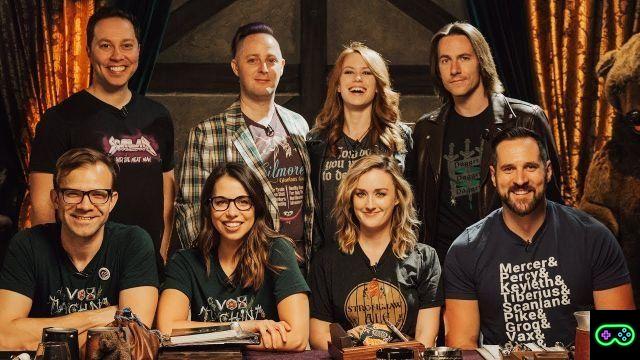
Among these beautiful smiling faces of unsuspected (but not so much) nerds are McCree, Jaina, Knuckles, Blanka and Ellie from The Last of Us, their voices at least. Players who, unlike "normal" people, when they play a character in D&D really do it. They are the main protagonists of Critical Role, a Geek & Sundry project, editorial project by Felicia Day dedicated to gaming and pop culture in all its forms.
Quite simply, Critical Role is for the most part a live stream on Twitch lasting several hours, with lots of opportunities for users to comment on the current session. Sometimes, thanks to the Nerdist portal, part of this group of professionals meets for special episodes in which, as guest stars, some movie and television stars interpret characters. They passed on the table of Matthew Mercer (the talented DM, McCree's voice actor, among the many roles of his long career) characters of the caliber of Vin Diesel on the occasion of the promotion of The Last Witch Hunter - for which Mercer "hacked" a special class, the Witch Hunter - but also Joe Manganiello e John Bradley, the Samwell Tarly of Game of Thrones.
In these special episodes the staff work a lot on the scenography, inserting effect music and working partially on the editing when the clips end up on YouTube. The Vin Diesel footage will surely have happened to you at the time, but in case you don't know what I'm talking about, check it out before continuing.
It is normal to be fascinated by such shows, especially if it turns out that Joe Manganiello is an early fan of Dungeons & Dragons and he was playing the mythical red box at the time. In this sense, Critical Role is certainly not the one show of this type on the net, but it is certainly the one that has achieved the most unexpected success.
The program started in 2015, when Felicia Day learned that there was a group of professional voice actors in Los Angeles playing Dungeons & Dragons. From there the step to turn a campaign between friends into a show on Twitch it was short, but not even Mercer expected all this success, as he claimed several times at the time.
Currently, the first episode of the Critical Role campaign - a three-hour long video where a group of friends play D&D, I repeat - has amassed over 5 million views. After just over two years, the campaign spawned a comic series, an art book, and a full line of merchandise ranging from t-shirts to tarot cards, not to mention unofficial fan-produced content. Following this campaign is actually addicting, because the skill of the players / voice actors makes everything more fascinating, and the secret of its success is the same that has built the economic market of streamers and youtubers: the interaction with users.
The success of Critical Role, and related initiatives, has prompted Wizards and Hasbro to actively invest in this sector. For example, Matthew Mercer also published a guide to the campaign, and last year he was invited as a DM for Force Gray, a campaign played live with actors such as Joe Manganiello (who reprises his character in Critical Role, a dragonborn paladin). And Deborah Ann Woll (Karen Page of Netflix's Daredevil) who plays a barbarian. To make you understand, the finale of the second season of the series was proposed last November 18 in the theater, in front of a paying live audience.
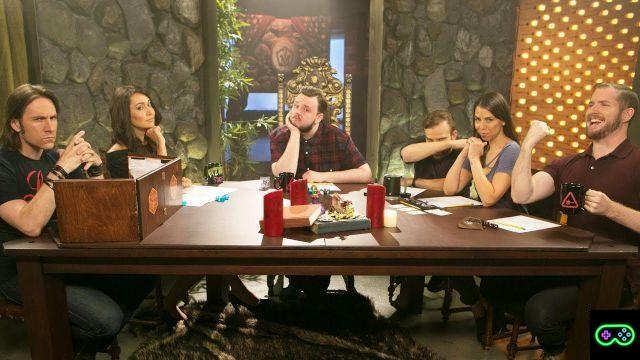
But not only that, Dungeons & Dragons has an official Twitch channel where, in addition to Force Gray, many other shows and gaming groups are hosted for a total of 50 hours a week of broadcasting. Also noteworthy is the attention paid to the demographic and “stylistic” variety of programming. The channel hosts groups of all ages, races, genders and religions, hosts more serious campaigns, more naïve ones, and gives space to many different play styles.
There are thousands of projects of this type, more or less sponsored. We quote right HarmonQuest, a series wanted by Dan Harmon, creator of Community, who after the amazing episodes of the D&D themed show (“I won at Dungeons & Dragons, and it was Advanced!”) has created a very special program. While Harmon and his companions play, a group of animators turn the adventure into a cartoon.
Dungeons & Dragons, and any other RPG (we want to stream a Pugmire campaign soon) for the record, has therefore become a brand to invest in. They also noticed it in our country, because more and more web celebrities are starting to mention it, as well as repeating this type of show on Twitch. Asmodee itself is focusing heavily on social networks, taking advantage of the popularity of web star ed influencer (like the well-known cartoonist / reviewer / handyman who hates everything but everyone seeks) españoles to promote the product.
We were ashamed of playing D&D once, but it's likely that the real news in some time will be not playing it. Personally I look at this phenomenon with great pleasure, because I believe that role-playing games are a world that is far too unexplored in terms of the media. Unlike the famous Italian influencer mentioned above (yes come on, it's Roberto Recchioni, I wanted to be mysterious), I don't think at all that true nerds should remain relegated to their borders.
We will never be as cool as the kids of Stranger Things, but it costs nothing to try.
[amazon_link asins=’8895001370,0786965606,0786965622,0786965614,B06XYN9L8C,B073GV7B9G,B07545WRB6′ template=’CopyOf-ProductCarousel’ store=’frezzanet04-21′ marketplace=’IT’ link_id=’d216e71d-ce19-11e7-880c-f387bbd77d91′]




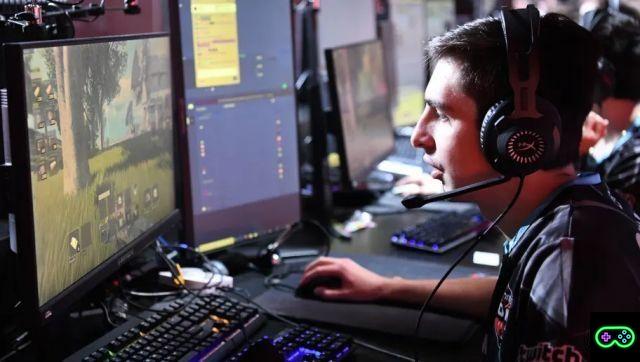
![[The Bear's Lair] God of War: Betrayal and Greek mythology](/images/posts/17432d3b12ecfec44b0b855d20c7520f-0.jpg)
